- 32 Posts
- 172 Comments

 494·2 months ago
494·2 months agoWe are going to need much stronger image rights for individuals in the AI age.
There’s no way to stop the technology itself (although current development may plateau at some point), so there must be strong legal restrictions on abusing it.

 433·2 months ago
433·2 months agoI don’t think Mozilla running a Mastodon server is losing focus. The ethos of Mozilla and the Fediverse have a lot of overlap, and Mozilla should desire to have a foot in it.
An official Mastodon server is also a useful platform for marketing and outreach. In contrast an organisation claiming to be all about privacy and open source retreating from a social media platform that embodies those is not a good look.

 37·2 months ago
37·2 months agoHigh energy bills and misinformation about energy saving seems to be causing some odd behaviour here in the UK.
I have relatives who go round turning off every device and appliance at night, despite the negligible power draw they have in standby. Another will only charge their phone at night during cheaper the electricity rate - but runs the tumble dryer during the day.
I also often hear stories about people fearing electronic devices will catch fire if left on standby over night. Which may well be a risk for charging a dodgy Chinese e-bike but probably not for a home router.
You’re never lonely with all your Demodex friends.
The P and D symbol is the DisplayPort logo. I’m not sure when it was first used, but the DisplayPort standard itself is quite a bit older than USB Power Delivery.
It’s still confusing though regardless of which can lay the best claim to the letters P and D. I would have suggested Power Delivery could use some sort of lightning bolt symbol, but then I realised that would probably conflict with Thunderbolt, which also uses USB-C.
It’s almost as if having all these different features would be easier to differentiate if they had different physical shapes.

 41·2 months ago
41·2 months agoCreating a cost barrier to participation is possibly one of the better ways to deter bot activity.
Charging money to register or even post on a platform is one method. There are administrative and ethical challenges to overcome though, especially for non-commercial platforms like Lemmy.
CAPTCHA systems are another, which costs human labour to solve a puzzle before gaining access.
There had been some attempts to use proof of work based systems to combat email spam in the past, which puts a computing resource cost in place. Crypto might have poisoned the well on that one though.
All of these are still vulnerable to state level actors though, who have large pools of financial, human, and machine resources to spend on manipulation.
Maybe instead the best way to protect communities from such attacks is just to remain small and insignificant enough to not attract attention in the first place.

 5·2 months ago
5·2 months agoI have an X220 with an i5-2520M, I don’t use it for gaming but I have briefly played Half-Life 2 with it and it was comfortably playable.
So I would say mid-2000s titles and before will be fine. It really depends on the age the Thinkpad you want is, and the age of the games you want to play.

 111·3 months ago
111·3 months agoThis is the inevitable path for nearly all proprietary smart devices. There’s a handful of manufacturers that will see privacy as a marketable feature, but most won’t be able to resist the sweet taste of data.
It’s a shame there are no “dumb” TVs left, except for expensive industrial options.

 7·3 months ago
7·3 months agoIsolate the smart TV in restricted VLAN in your home network that can access your local media server but doesn’t allow internet access.
Segmenting a home network like this is also a good idea for smart home/IoT devices.

 7·3 months ago
7·3 months agoI don’t remember much problem with the connectivity with SCART. I do remember wasting many hours dealing with cheaply made cables that didn’t even wire all the pins however.
Which come to think of it is now becoming an issue with USB-C cables. At least with SCART the connector could be easily opened for inspection, which became a habit of many an AV tech.

 30·3 months ago
30·3 months agoKeeping the same pin layout while upgrading to USB-C would have made more sense. USB-C is the future, seems odd to still be a Micro USB holdout in 2024.
The switch has got to happen at some point, and the Pico ecosystem is still young enough the change wouldn’t be too disruptive.

 572·3 months ago
572·3 months agoConsidering how much worse Windows seems to get with each update and new version, Microsoft will soon be developing methods of invisibly install Windows updates to force them through.
I look forward to a future where the battle between Microsoft and malware brings Windows computers to a standstill in an endless loop of invisibly installing and removing updates.

 7·3 months ago
7·3 months agoThe makeup of web users has changed a lot since 2010. The average web surfer was a lot less passive in attitude in decades past.

 23·3 months ago
23·3 months agoYeah this feels like a move that would have worked a lot better before Reddit had burned a bunch of bridges with their most active users.
The pool of people with enough goodwill to pay now is likely small, and shrinking. The causal new users probably are that keen to pay up either.

 13·3 months ago
13·3 months agoWell, indirectly the Magic Mouse does control screen time. Can’t be doomscrolling when you can’t scroll at all while the mouse is charging.

 9·3 months ago
9·3 months agoI’ve never found Screen Time all that useful, for the same reason as the article - it can’t distinguish good usage from bad usage. Screen Time only counts time - but it can’t tell which minutes is doomscrolling and which are used more positively.
Maybe that’s an application for Apple Intelligence, although there would be some pretty big privacy issues there.
Screen Time is also not helped by only working on Apple devices. It can’t account for time spent using using non Apple devices like TVs, consoles, PCs with other operating systems etc. it might have been more useful if there was an external API screen time software for other platforms could report to.

 5·3 months ago
5·3 months agoWe probably need a few more years of network and storage improvements to make open video platforms properly viable. Video data is big and bandwidth is expensive, which makes keeping servers running over a certain size difficult.

 101·3 months ago
101·3 months agoApparently there are some people that like ads, and a larger amount who may not like them but are willing to tolerate them.
Those of us who will make proactive choices to not engage with advertising are the minority.

 32·4 months ago
32·4 months agoMight seem easy to someone with a technical background. But the last thing businesses want to be doing is telling average end users to boot into safe mode and start deleting system files.
If that started happening en masse we would quickly end up with far more problems than we started with. Plenty of users would end up deleting system32 entirely or something else equally damaging.

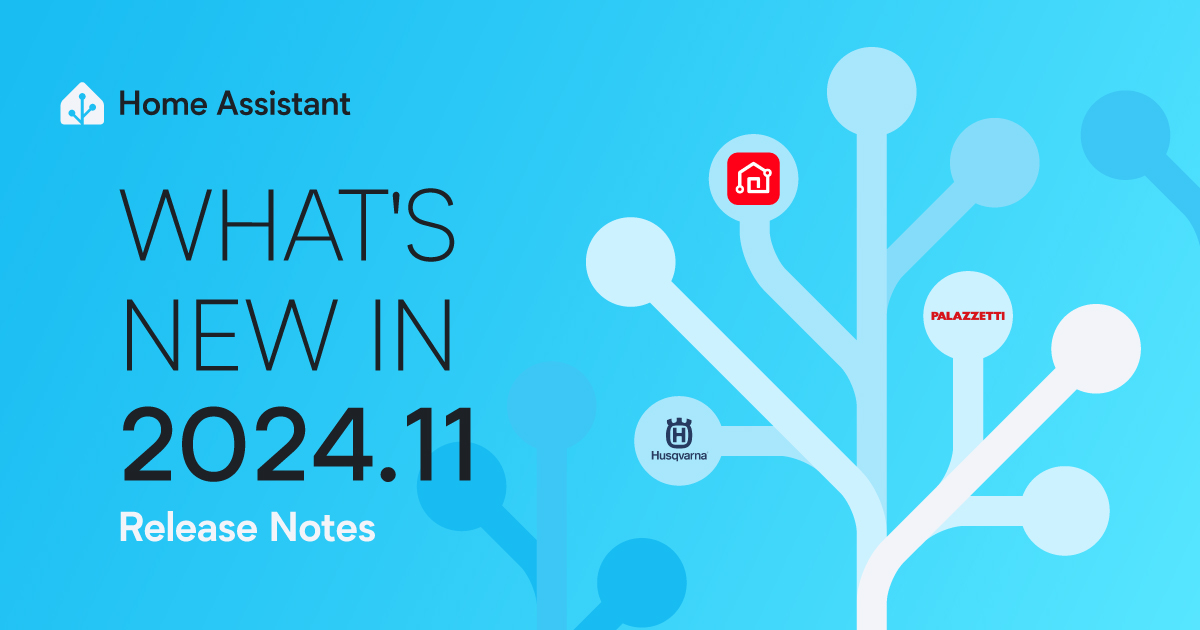



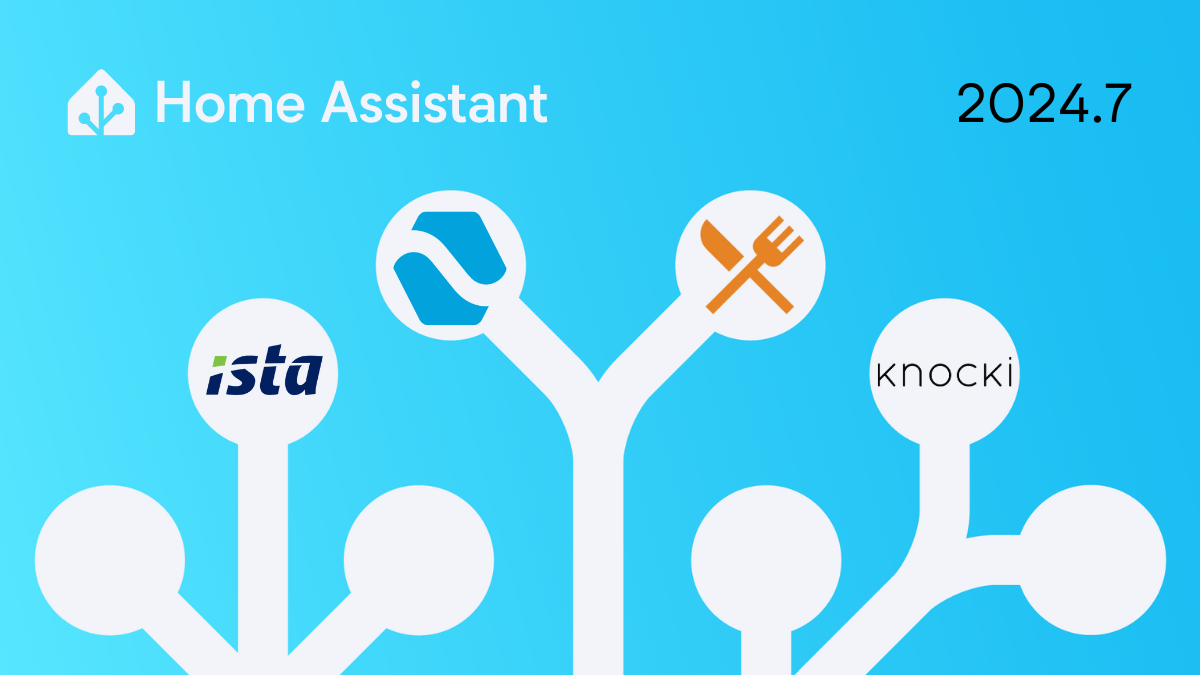


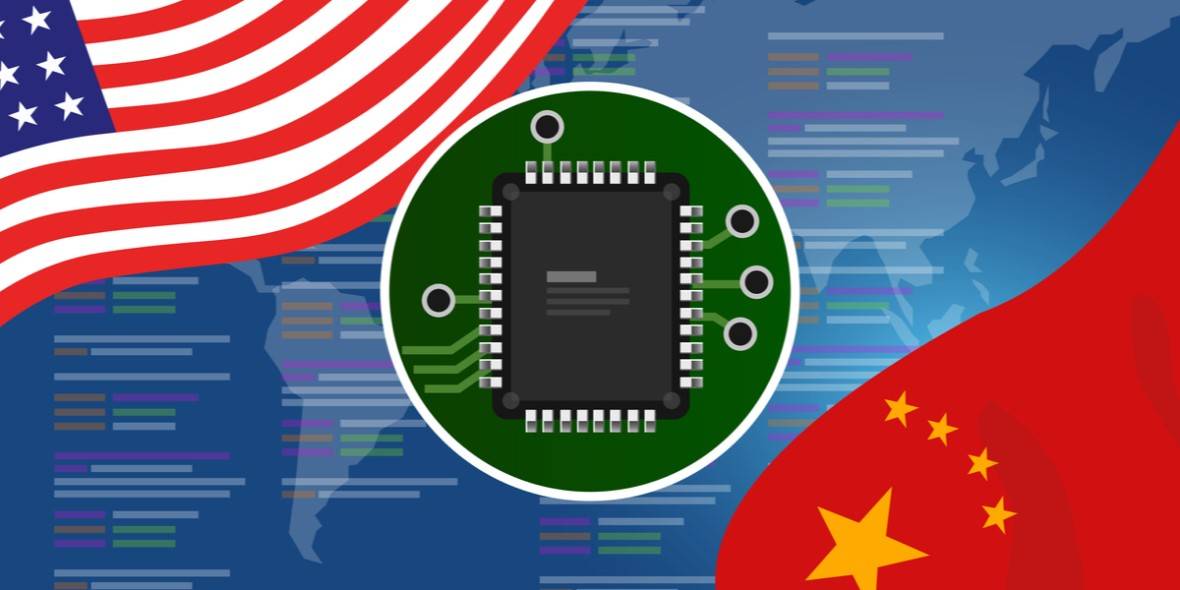




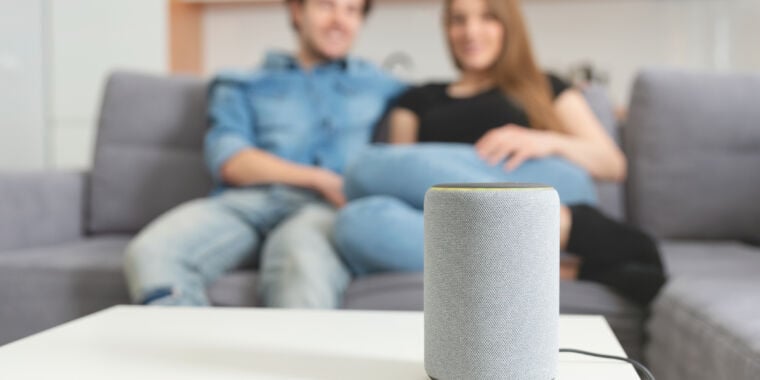

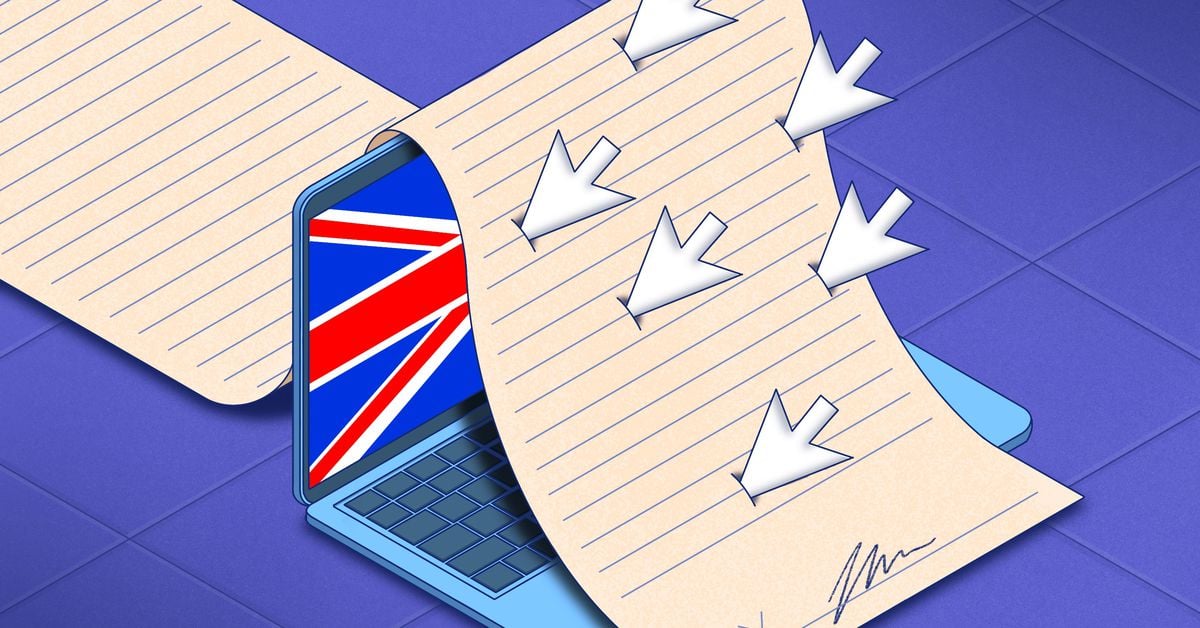




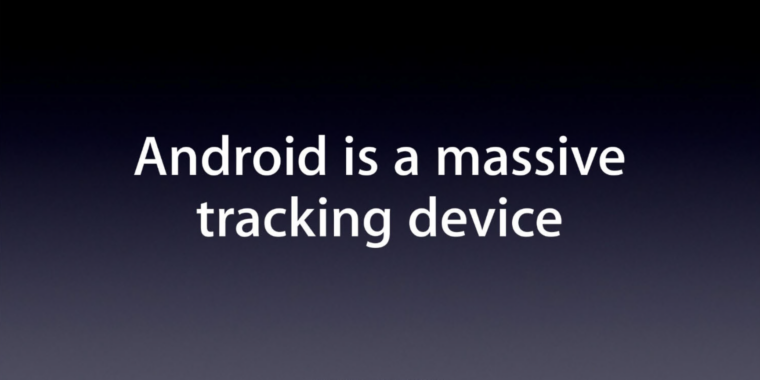

Years ago a Microsoft breakup was also once on the table, but it never happened.
I wouldn’t get too excited that regulators will follow through with this for Google either.